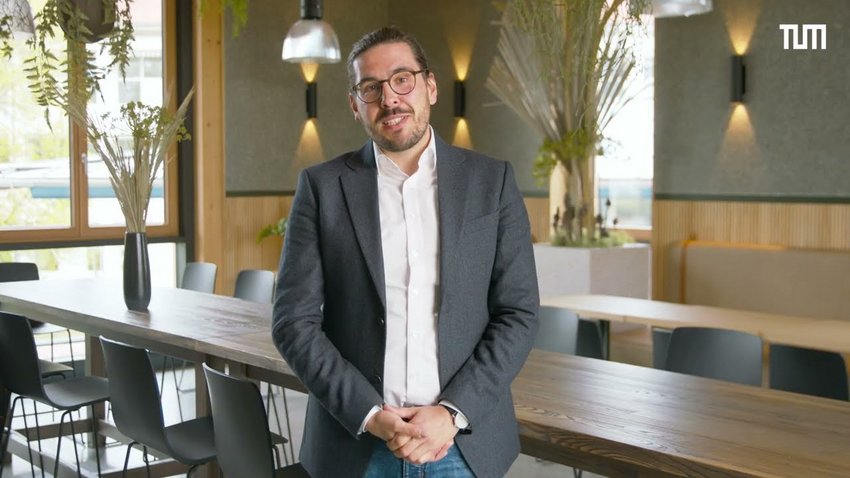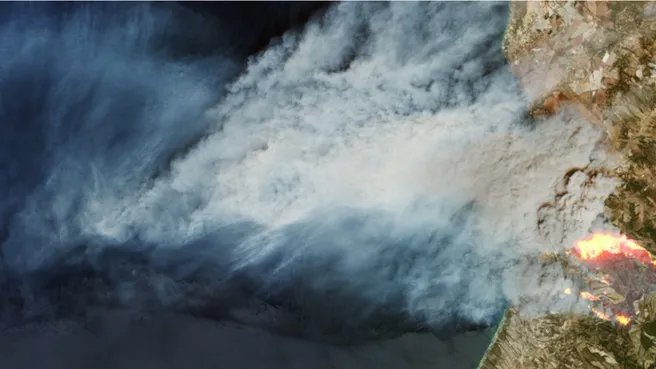Earth Observation describes the indirect collection of information about the physical, chemical and biological systems of our planet, using remote sensing methods. Remote sensing includes, for example, the investigation of the earth's surface using sensors such as cameras or scanners on airplanes or satellites. In his professorship, Cornelius Senf focuses on developing novel remote sensing technologies for the observation of ecosystem change in the context of climate change.
What fascinates Cornelius Senf about his field?
Prof. Senf conducts research at the interface of earth observation and ecology. His work covers a broad spectrum of methods, with a focus on satellite remote sensing and active laser scanning. “Looking at satellite data is always fascinating. There is no other way to understand ecosystems and their changes more impressively than through space” says Cornelius Senf.
“Our aim is to work closely with researchers and users to establish remote sensing as a key technology in the fields of ecology, land system science and resource management. That's why we teach basic and advanced remote sensing methods in various degree courses at the TUM School of Life Science,” says Senf, explaining what drives him and his team.
What is the new professor looking forward to in his work at the Freising campus?
Cornelius Senf studied geography and physics at Humboldt-Universität zu Berlin and completed his doctorate in 2016 on the topic of “Remote sensing and modeling of insect outbreaks” in British Columbia, Canada. He then worked as a postdoc at the University of Natural Resources and Life Sciences (BOKU) Vienna and at the Integrative Research Institute on Transformations of Human-Environment Systems (IRI THESys) in Berlin. In 2020, he moved to the Technical University of Munich, where he habilitated in the field of Earth Observation in 2023 and was appointed as Professor of Earth Observation for Ecosystem Management in 2024.
In his work at Weihenstephan, Cornelius Senf is looking forward to “the exchange with colleagues from a wide range of disciplines and the opportunity to get life science students excited about Earth observation.”

